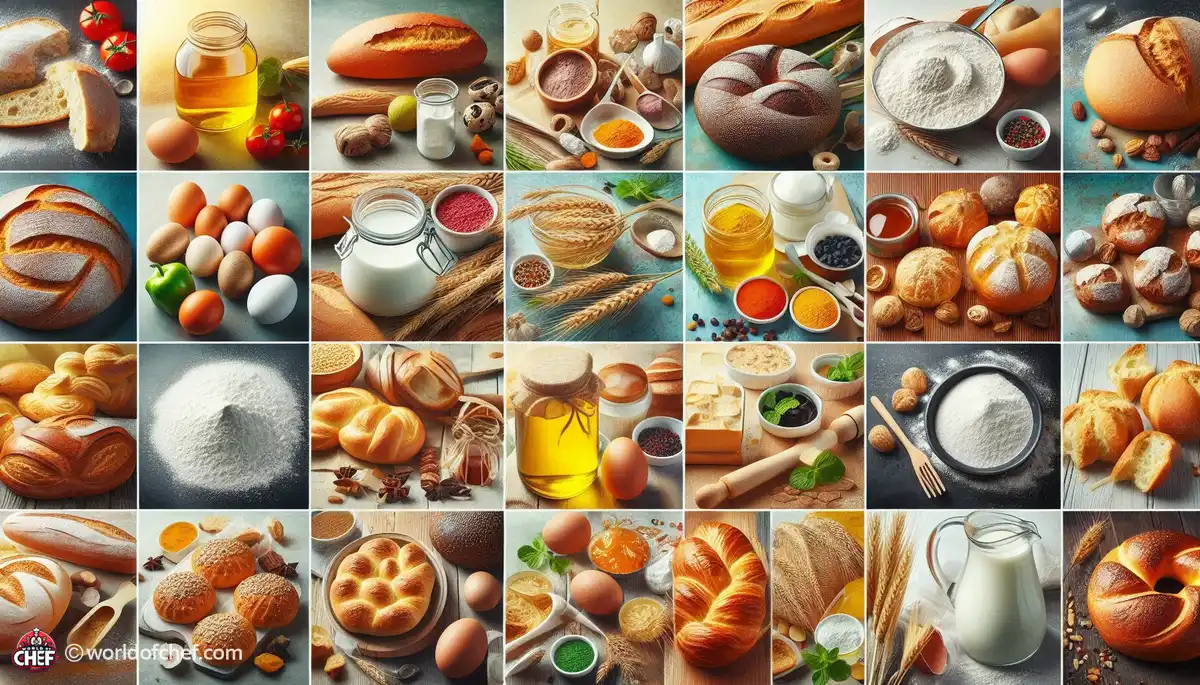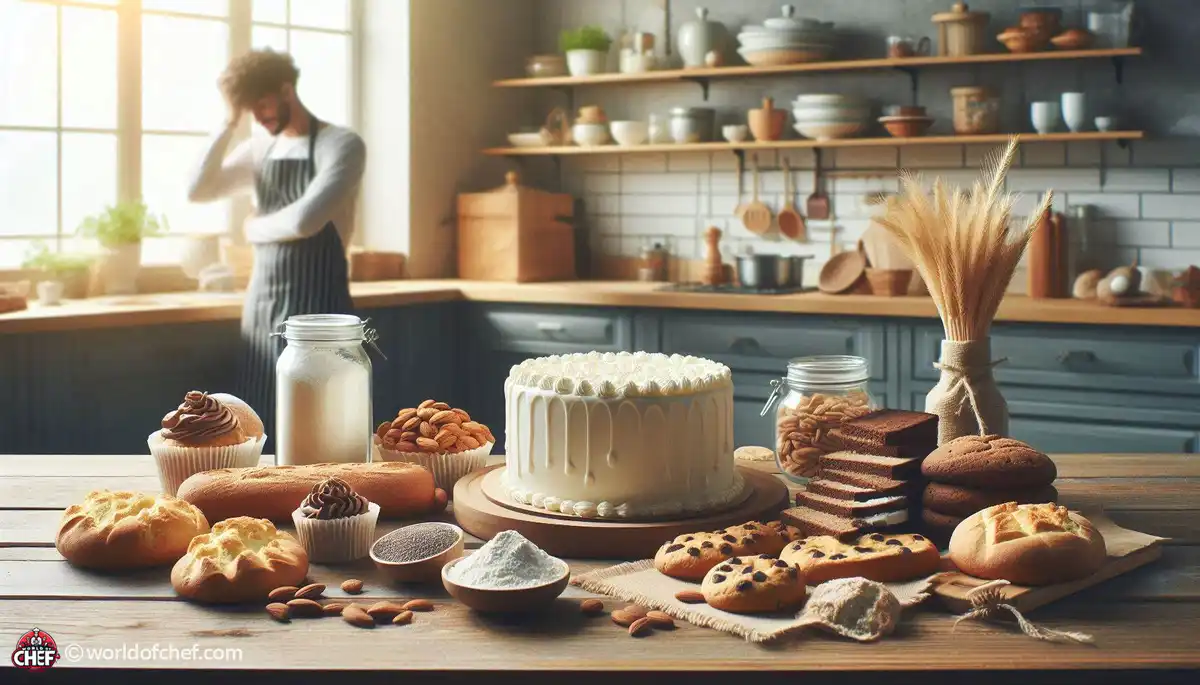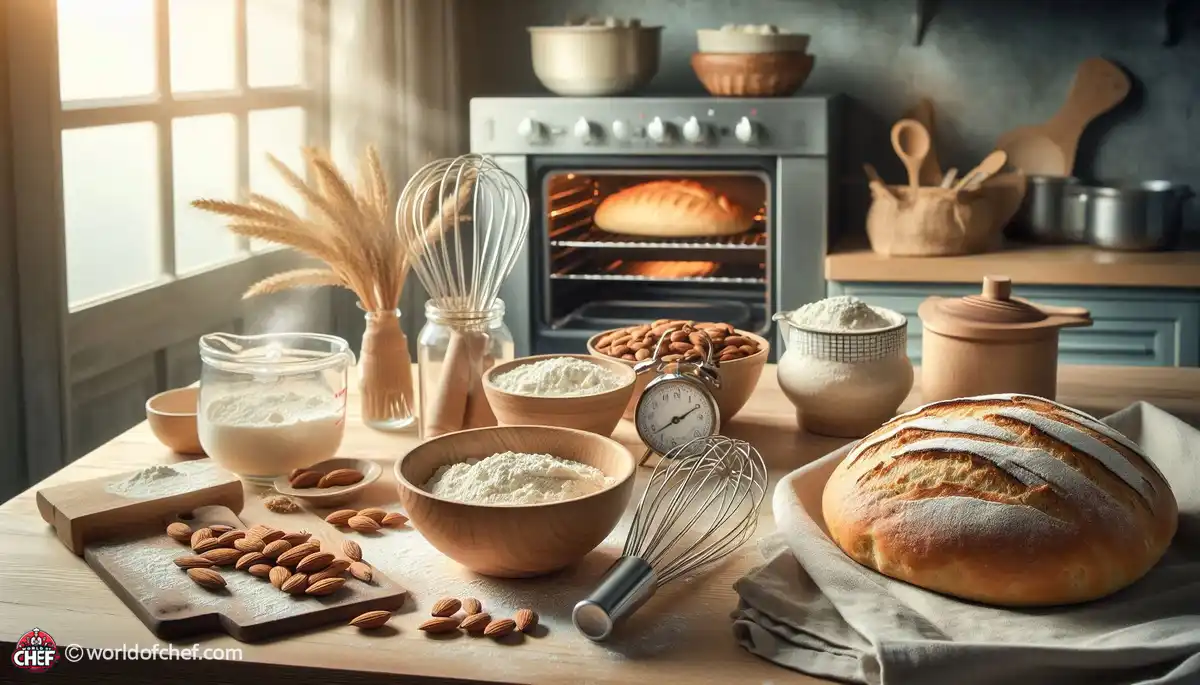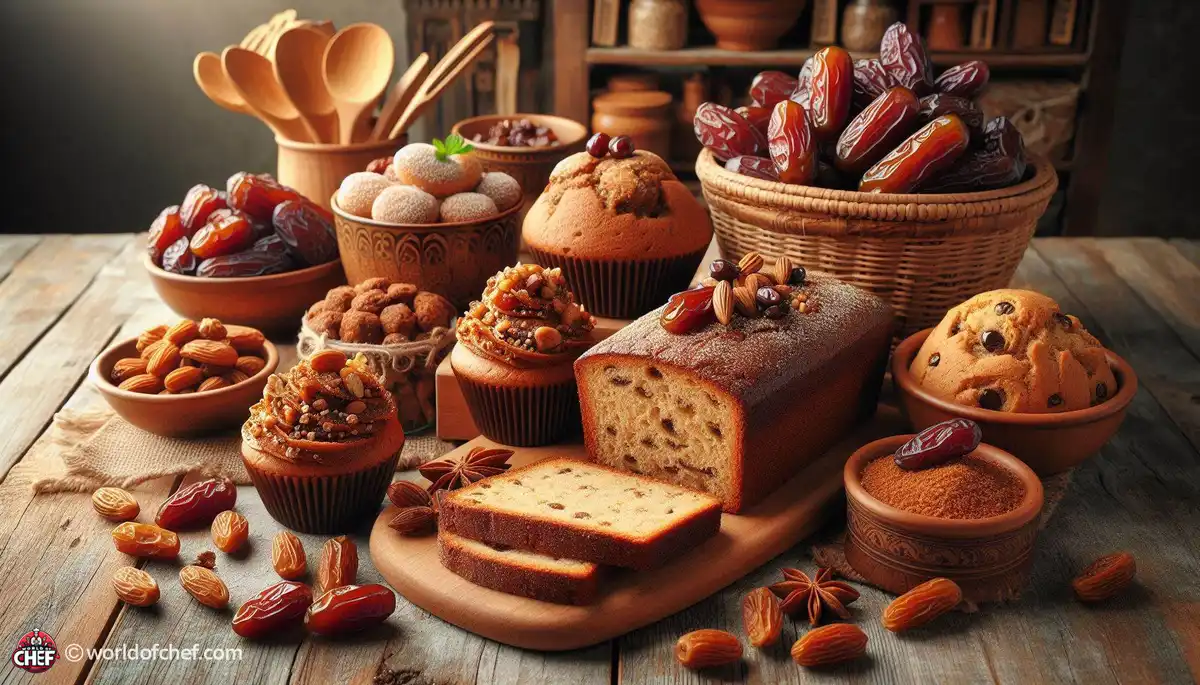
Understanding Oven Hot Spots and How to Bake Around Them
Russell Comeaux - Mar 30, 2025 - 13 min read


Baking with yeast has been around for ages. Some days, however, you may not have yeast around or just need to know the alternative. Whether for dietary restriction, allergy, or missing ingredient, you can save your baking day by knowing how to replace yeast. Here, we will discuss some yeast alternatives, what makes them good, and when you'd want to use them.
Yeast is a living fungus that ferments sugars from the dough. Fermentation is the process of how it makes carbon dioxide gas, which causes the dough to rise with air pockets, making the dough light and airy. For making bread, pizza, or pastries, it is important to use yeast as it will contribute to making it fluffy. It is good to know its purpose so you can understand why it is sometimes hard to be replaced.
Rearing gives bread the structure: besides, during its fermentation stage, it ferments aside leaving it flavored. Generally, the more the rising and the fermenting yeast carries out in the process the more sophisticated the flavours appear; therefore traditional recipes should undertake the procedures for relatively many long proof times. Even before replacing a yeast recipe there are issues of choosing that not only the desired outcome for your rise might match your goal but possibly have to account for additional effects from differences in yeasting flavorings.
There are three forms used in baking : active dry, instant, fresh. Each of these distinct variety would be applied as necessitated, and their prospective levels differ. In other words, the fact is that instant could be blended directly into any dry mixture of the recipe without prior dissolution, as was done with active dry yeast for application. And, on this basis, this should allow you to select that most applicable to finding a substitute whereby you will discern how best to identify the type of replacement required.
Traditional yeast is usually a no-go for a gluten-free diet because there is no gluten there. Gluten gives baked goods their structure, and that is what yeast requires in order to make something rise. Because of that reason, yeast substitutes are extremely important for gluten-free bakers who often must explore other options to obtain the same results.
One of the more accessible substitutes for yeast is a baking soda-vinegar mixture. It acts similarly in that it is a chemical reaction to create carbon dioxide, as the yeast. To mix the two: one teaspoon of baking soda with one tablespoon of vinegar. This method only works very well for quick breads and cakes and doesn't have that yeast depth to it.
Another common ingredient used as a substitute for yeast is baking powder. It does not require that much time to ferment-it will start to react whenever it gets wet. Consequently, it will be preferable in recipes which do not need long rising times. In general, you might use it in a replacement for yeast on a ratio of 1:1, but because baking powder isn't going to produce yeast's flavor, you have to adjust other ingredients with your taste in mind for it to be more flavor-friendly.
It may actually be a yeast substitute for you, depending on whether you want to put some tang in there and a sourdough starter works. It is naturally-occurring yeast. And it's comprised of water and flour, it grabs any wild yeast present. It's about a cup for every packet of the dried stuff. Of course sour dough takes longer to rise than regular so make room for that in your calendar.
The newest one liquid is aquafaba from canned chickpeas; its utility has been acknowledged by most bakers, mainly due to fluffy texture with whipped application then sometimes aids in leavening although it will surely not act like yeast- does, however, absorbs moistures and keeps other ingredients bonded. As long as it is not mixed separately with baking powder or soda, it serves its best purposes. What Are The Advantages of Using Both Alternatives And How Is It Different
This method is quick and simple, but there are some disadvantages. The main disadvantage is the inability to create deep flavors. Baked goods made this way tend to be less complex than those made with yeast. This method also occurs so quickly that the batter needs to be baked immediately for optimal flavor.
Baking powder can be very easily used, and almost anywhere in town stores are available to make a purchase so is an accepted additive for many of today's homestead bakers. There is a single negative factor-the flavour profile isn't possible using baking powder. Sourdough would be best when used to breads only which a light texture may require that extra yeasts is unnecessary to add it in, to make for more dense bread. Most probably additional spices or even other flavours must be included for gap.
Sourdough starter is a great substitute, providing leavening and flavor. The downside is the time it takes to develop and care for the starter. If you don't have a starter on hand, you will need to plan ahead since it takes several days to make one from scratch. The flavor rewards are immense if you are willing to put in the time.
Aquafaba is a wonderful agent for vegan baking, but it doesn't contribute any leavening power to the dough. You will have to mix it with other leavening agents, which might require you to change your recipes. There is also a risk that aquafaba changes the texture of baked goods, so it is necessary to experiment until you find the right result.
Substituting yeast sometimes means that you have to make an adjustment in the balance of your recipe. The ingredients you may need to adjust include flour, sugar, and liquid. Using baking soda and vinegar, for instance, will mean you will reduce the usage of sugar because the vinegar does add a bit of acidity. A well-balanced recipe ensures that your end product turns out delicious.
Without yeast, baking is mostly experimenting. Each substitute will result in a different product; therefore, feel free to experiment. You might need to keep a journal that records your substitutions and their results. Over time you will start to realize what combinations will produce the kinds of results you are aiming for in terms of both taste and texture.
Substitutes will determine the baking time. For example, when you use baking powder, the baked goods are ready before those made with yeast. This is because yeast must rise before baking. Be watchful of what you are baking and check on it with a toothpick or cake tester so you don't overcook or undercook your treats.
The more you are baking, it is about patience, specifically when you're trying various substitutes. Take enough time for your dough or your batter to rise, though you're using a higher-acting leavening agent. In case of sourdough, have the patience to wait on longer fermentation times. That's the best part for those who have patience while in the kitchen.
Substitutions of Yeast: Nutritional Implications and other Dietary Limitations
The important knowledge a person with any diet will have, about the substitute of yeast: such people can replace with baking powder, aquafaba among others depending on their diets. But check on hidden allergens present in some ingredient labels.
The nutritional content varies in different yeast substitutes. For example, aquafaba is low in calories and can be used as a substitute for eggs, thus making it an excellent choice for those seeking lighter alternatives. Conversely, the use of sourdough starter can enhance the nutritional value of your baked goods because the fermentation process improves digestibility and flavor.
Balance taste with nutrition when substituting. Some substitutes are healthier, but they can never compare to yeast in taste and texture. Therefore, it is wise to combine ingredients to retain the pleasing flavor profile but comply with your dietary requirements. This can be through adding herbs, spices, or even sweeteners for enhancing your final product.
If you are not sure of how to alter a recipe to meet certain health concerns, it's always best to visit a nutritionist or dietitian. They can be of much assistance in counseling one regarding the best substitutes according to need. This is very helpful when the dietary needs become complex.
This could be a good challenge when baking without yeast. It could lead you to many new flavors and textures, which you would not encounter when using the traditional yeast. So, do not be afraid to think out of the box and try different combinations to find what best suits you.
While traditional yeast baking has its own charm, you need to know that there are also alternative techniques that can really yield fabulous results. It is actually when you learn the science behind each of these substitutes that you end up appreciating the process even more. Whether you are making quick loaf bread or some fancy dessert, the right substitute makes all the difference.
Share your baking adventures with friends and family. No matter if you are baking a loaf of bread or cookies, everyone loves the treats made in the house. Sharing successes and even failures can help start discussions on techniques used in baking and inspire others to give baking without yeast a try.
The world of baking is so large and changing day by day. Thus, keep searching and learning new techniques, ingredients, and substitutes. The more you know, the more confident you will be in baking. That's why whether you're a seasoned baker or a newbie, embracing the art of substitution opens a whole new world of culinary possibilities.

Russell Comeaux - Mar 30, 2025 - 13 min read

Alexis Larose - Mar 25, 2025 - 15 min read

Hailey Morrill - Mar 21, 2025 - 18 min read

Bobby McKelvey - Mar 18, 2025 - 12 min read